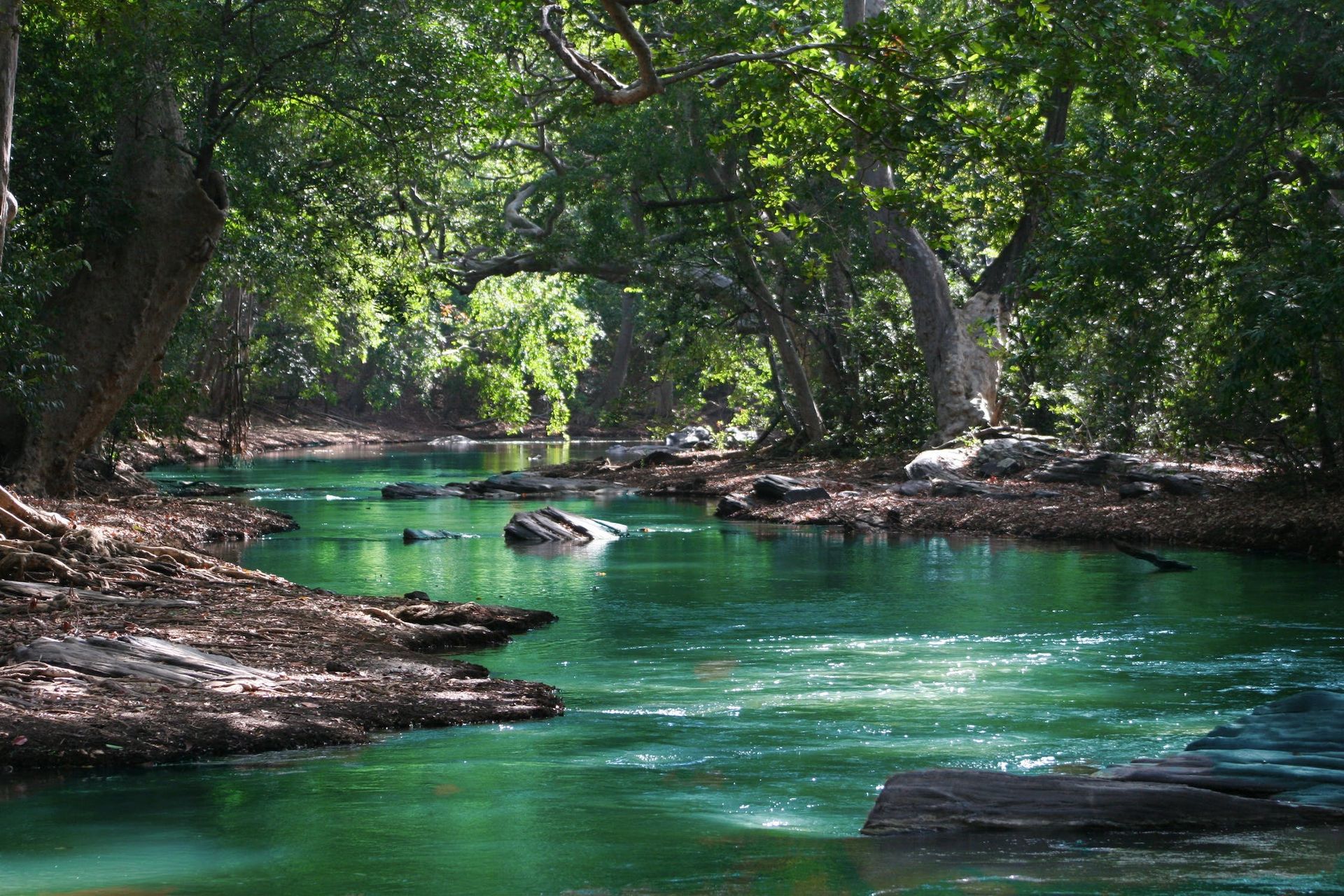Italy has many rivers, with the longest being the Po River at 652 km in length. Other major rivers in Italy include the Adige, Tiber, Arno, Tanaro, and Reno rivers. Rivers are important for Italy’s economy, environment, and tourism industry. However, they are facing challenges such as pollution, overuse of water resources, and climate change. Italy has implemented policies and regulations to protect its rivers, including the Water Framework Directive and the National Water Plan.
Rivers in Italy
Italy has many rivers, with a total length of over 4,500 kilometers. The longest river in Italy is the Po, which flows for 652 kilometers through the northern part of the country. The Po River is also the largest river in Italy by discharge, with an average discharge of over 1,800 cubic meters per second.
Other major rivers in Italy include:
Adige River – 410 km long, flows through the regions of Trentino-Alto Adige, Veneto, and Lombardy
Tiber River – 405 km long, flows through Rome and central Italy
Arno River – 241 km long, flows through Tuscany and empties into the Tyrrhenian Sea
Tanaro River – 276 km long, flows through the regions of Piedmont and Liguria
Reno River – 212 km long, flows through Emilia-Romagna and empties into the Adriatic Sea
Importance of Rivers in Italy
The rivers in Italy play a vital role in the country’s economy and environment. They provide water for agriculture, support various wildlife species, and generate hydroelectric power. The Po River, for example, is one of the most important rivers in Italy and supports a large agricultural region known as the Po Valley.
In addition, the rivers in Italy are also important for tourism. Many of the rivers in Italy are located in beautiful scenic areas and offer opportunities for activities such as fishing, rafting, and boating.
Challenges Facing Italy’s Rivers
Despite the important role that rivers play in Italy, they are facing several challenges. Pollution, overuse of water resources, and climate change are all putting pressure on Italy’s rivers. In addition, dams and other human-made structures have altered the natural flow of many rivers, which can have negative impacts on aquatic ecosystems.
To address these challenges, Italy has implemented various policies and regulations to protect its rivers. These include the Water Framework Directive, which aims to protect and restore the quality of Europe’s waters, and the National Water Plan, which outlines strategies for managing and protecting Italy’s water resources.

